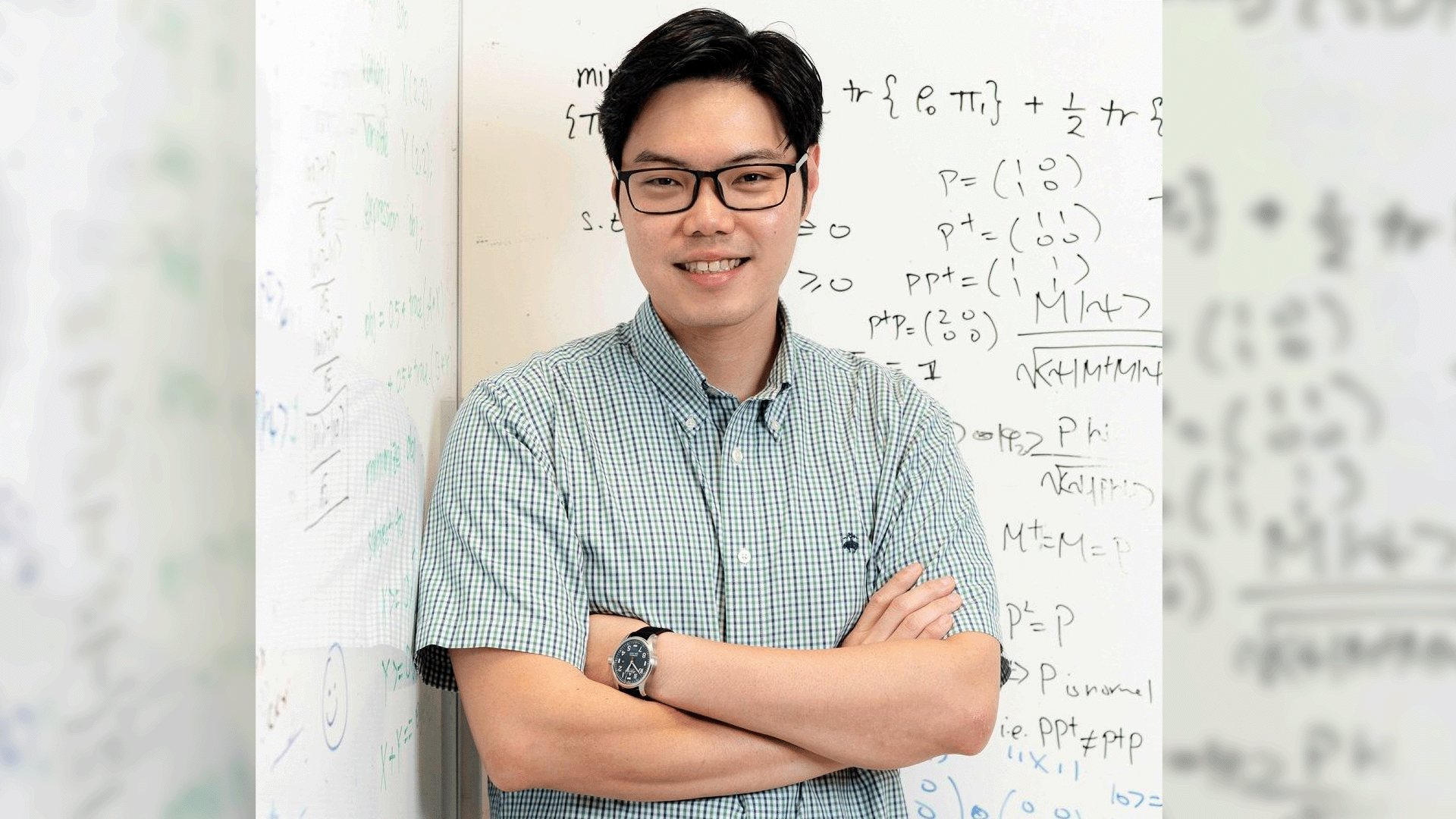
An international team comprising researchers from the National University of Singapore (NUS) and LMU Munich (LMU) have, for the first time, successfully demonstrated a new form of quantum key distribution (QKD) that is secure even if the users are not privy to the underlying quantum hardware.
The work, paving the way for a more secure and open quantum internet, was published in the scientific journal Nature on 27 July 2022. The collaboration was jointly led by Assistant Professor Charles Lim (Department of Electrical and Computer Engineering), who oversaw the project's theory; and Professor Harald Weinfurter from LMU, who oversaw the experiment side of the project.
The distribution of secret keys over a public channel is a fundamental requirement for secure communication.
Currently secret key exchange methods assume that certain mathematical problems are hard to solve using state-of-the-art computing solutions. However, given the rapid development of computing technologies such as quantum computing, this approach may not be the most appropriate in applications where long-term security is highly valued.
QKD offers a robust and long-term solution to the key exchange problem.
Through the measurement and exchange of single photons, a pair of identical and secret random keys are distributed between users.
The main advantage of QKD is that its channel security is mathematically unbreakable, which makes it an ideal candidate for securing long-term sensitive data. However, to harness this security promise, the implementation of QKD must be immaculate - from the construction of quantum devices to side-channel attacks - which is a major challenge in practice.

The new experiment is based on device-independent QKD (DIQKD).
Critically, the security of DIQKD does not depend on the specification of the quantum devices used in the protocol. There are however two major challenges in implementing DIQKD: (1) the underlying quantum noise must be very low and (2) the system needs to be highly efficient in creating good quality entanglement between the two users.
Achieving these two conditions at the same time over long distances is a long-standing problem.
To tackle the first challenge, the team used a new DIQKD protocol which has an extra set of key-generating measurements for the users while other protocols typically have just one. This makes the protocol more tolerant to noise and loss, and makes it harder for an eavesdropper to steal information. This protocol was invented by Asst Prof Lim and colleagues at NUS in a study that was published in Nature Communications in 2021.
"DIQKD is the pinnacle of secure key exchange and could change the way we manage risks and trust in communication networks," said Asst Prof Lim, who proposed the project and initiated the collaboration with the team at LMU.
"For instance, because this method enables users to validate their quantum hardware without trusting the manufacturers, pertinent problems in cybersecurity like supply chain attacks and side-channels could be mitigated."
To overcome the second challenge, the LMU team needed to create very high-quality entanglement between two quantum devices separated 400 metres apart.
Here, entanglement is created via quantum swapping, where independent photons from locally generated photon-atom entangled pairs are transmitted over a 700-metre optical fiber and mixed in a joint measurement scheme. The LMU team had to carefully balance entanglement quality, generation rate, and system noise, which is a major experimental challenge, while the NUS team performed security analysis to confirm the setup's capability to create DIQKD secret keys.
"We are developing methods to entangle distant quantum memories, which is an essential step towards large-scale quantum networks. Our experiment here demonstrates entanglement distribution between distant quantum memories, which form the basis of long-distance quantum network links," said Prof Weinfurter, leader of the LMU team.
Moving forward, the researchers say their next focus is on extending the reach of DIQKD to longer distances (e.g., 50km or more). To do this, the implementation needs to be able to distribute high-quality heralded entanglement over a longer distance, which they say is a major scientific challenge.
This research was conducted under the Department of Electrical and Computer Engineering at the College of Design and Engineering, NUS and the NUS Centre for Quantum Technologies. It was funded by the National Research Foundation (NRF), under its NRF Fellowship programme.





